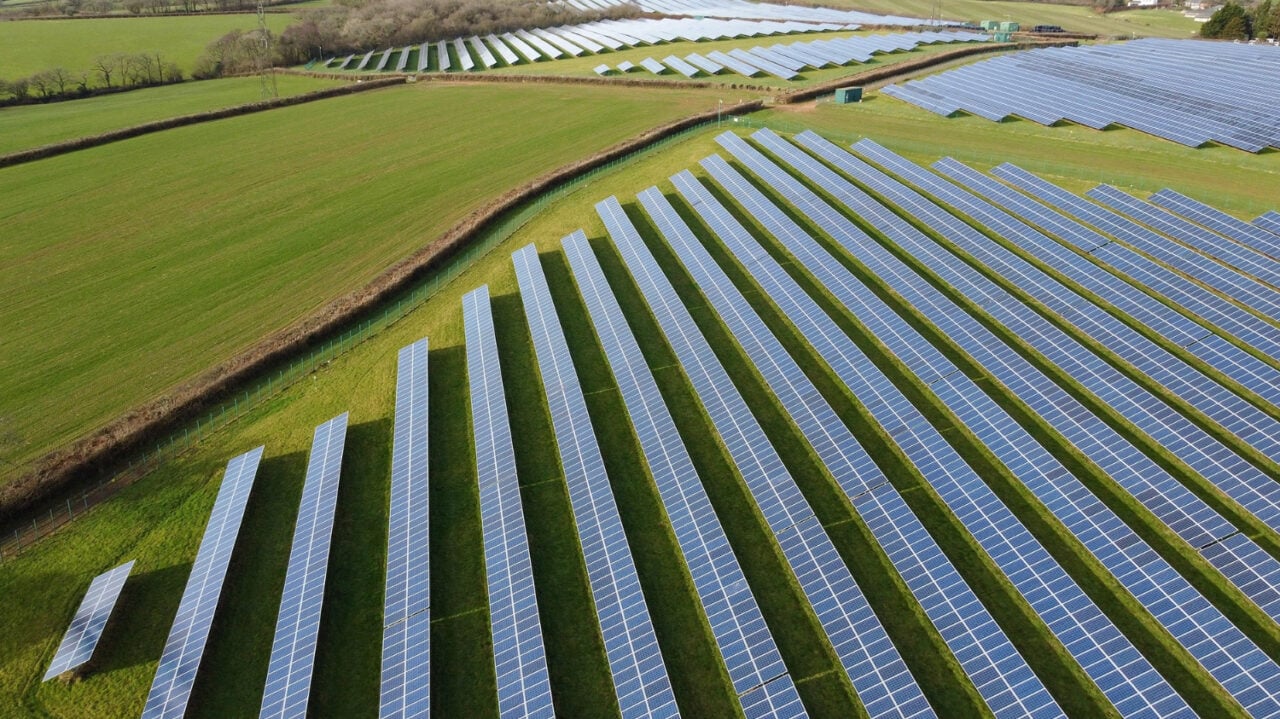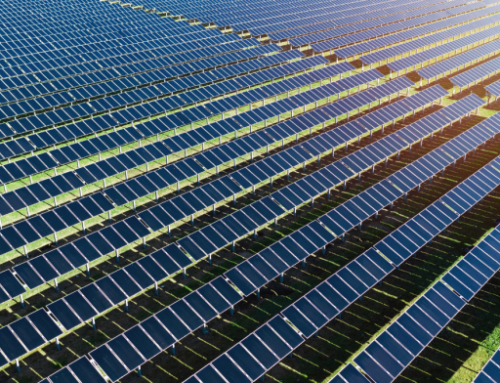The New Zealand energy crisis: an opportunity for solar PV
October 11, 2024

Meanwhile, Energy Resources Aotearoa, a New Zealand-based energy company, notes that renewable energy sources provide 82% of the country’s electricity mix and around 40% of its primary energy. The other 60% of New Zealand’s energy comes from oil (32%), natural gas (21%) and a small amount of coal.
PV Tech Premium speaks with Sarah Gillies, chief executive of the Electricity Authority, an independent Crown entity responsible for regulating the New Zealand electricity market, about the recent energy crisis and the opportunities for solar PV and energy storage as New Zealand seeks to reform its energy market.
New Zealand’s energy crisis
The continued reliance on fossil fuels showcased the risk of being subjected to international energy markets. The
“The underlying cause of the recent spike in wholesale electricity prices was a fuel shortage in the energy system,” begins Gillies, discussing the recent energy crisis. “The spikes were not only extraordinarily high but also sustained. Several different factors coincided over July and into early August to push up wholesale electricity prices.”
Perhaps the most prominent reason for the energy crisis is the country’s reliance on hydropower. Gillies explains that its storage reserves have been steadily declining since April, and the country’s hydro storage reserves have been mostly below the historic mean since August 2023. This has resulted in the water in these reservoirs becoming more valuable and surging in price.
Gillies says that a shortage of natural gas, rising gas prices, low wind generation and minimal rainfall—limiting inflows into hydropower plants—meant insufficient energy, causing prices to skyrocket. .
“Between June and early August 2024, some large industrial electricity users exposed to the wholesale market reduced or paused production to avoid the high prices,” Gillies says. “In response to the fuel shortage, industry, regulators and the government took action to help manage it and bring wholesale prices down.
“The Electricity Authority moved quickly to pull the available levers and worked with others to investigate other options that could play a part.”
Gillies reiterates that more investment is needed to support and stabilise New Zealand’s electricity system, with the next 12-24 months set to “continue to be challenging”.
“We need more investment in generation and to harness opportunities from new technologies and demand response to keep the lights on at an affordable price. Looking ahead, we continue to need a combination of fuels and the supply,” Gillies says.
An opportunity for solar PV and energy storage
Luxon said New Zealand could have abundant, affordable energy if it could “clear away the blockages and unleash investment in solar, wind, geothermal, natural gas and everything we need to keep New Zealand moving,” suggesting that greater investment in renewable power could be essential to avoiding these kinds of crises.
Gillies agrees with this perspective, noting that solar and storage, in particular, could benefit from the increased interest in clean power.
“Energy storage technologies are vital for maintaining the security of supply, especially for markets like New Zealand’s that rely on the weather,” says Gillies. “The more energy storage we have, the greater our security of supply”.
“Solar PV can also enhance the security of supply, and particularly when located on the distribution network, it can provide a range of other benefits such as improving energy resilience in communities otherwise reliant on the national grid.”
However, the New Zealand solar market has obstacles to navigate, with the country having some of the lowest penetration rates for rooftop solar. Gillies highlights that only 3% of New Zealand households have solar PV modules, whereas its neighbour, Australia, has 40%.
While Australia’s enthusiastic adoption of rooftop PV is an outlier, these figures demonstrate how there remains a lot of room for increased investment in rooftop solar PV to enable it to play a bigger role in the energy supply.
Increasing support for solar PV
Both solar PV and energy storage have seen increasing support from the Electricity Authority. Indeed, the organisation is actively looking to improve regulations to support more investment in energy storage and new generation, including residential solar PV, to enhance the security of supply.
“We have recently consulted on some changes to our rules around transmission pricing, which will facilitate more energy storage technologies in the market,” Gillies says. “Through the new Task Force, we are also accelerating our work to encourage more generation, including residential solar and battery systems.”
The Energy Competition Task Force is exploring several changes. One such change would require distributors to pay a rebate when consumers export electricity at peak times, further incentivising investment in home solar and battery systems, and potentially benefiting all consumers in the long term through lower line charges.
Another crucial change would see retailers, above a certain size, better reward consumers who provide energy back into the system at times when it is most valuable. Better rewards may encourage more people to invest in solar and batteries and reduce electricity bills over time if it reduces the cost of peaking generation.
Gillies explains that the Task Force will also offer firmer power purchase agreements (PPAs) from retailers, introduce standardised flexibility products, prepare for virtual disaggregation of the flexible generation base as a regulatory backstop and investigate level-playing-field measures such as non-discrimination rules as a regulator’s backstop.
However, balancing financial incentives for solar and storage projects, in particular, can be delicate. The recent example of the passage of NEM 3.0 in California—which sought to encourage greater adoption of battery energy storage systems (BESS) for residential customers—ultimately disincentivised the installation of new solar PV systems, and the New Zealand market would do well to learn from this.
Reducing barriers to investment
Another major pillar of the Electricity Authority revolves around information.
“Having more information reduces barriers to investment and should encourage consumers to take advantage of distributed generation, like solar,” Gillies explains.
Indeed, to support this, the Electricity Authority recently launched a new initiative to capture more information about distributed generation installations in the public registry.
“This gives distributors and other industry participants with registry access more visibility of what distributed generation is present at an installation control point,” Gillies says. “This also enables distributors and others to more effectively assess current distributed generation capacity and collaborate to support timely roll-out of distributed generation for flexibility.”
With the energy market having returned to what can be considered ‘normal’ for this time of year, there is an opportunity to review what went wrong and initiatives that could be implemented to ensure such a crisis does not happen again.
Earlier this week, the government passed a bill to accelerate the deployment of new power projects, including ten new PV projects, and Gillies says that the crux of these changes should be a market evolution.
Gillies says: “The market has served us well and will continue to have a critical role in our energy future. However, it needs to evolve, and quickly. We have a plan for this change and are accelerating our work in this space as the pace of change increases.
“This is a priority for us. It’s critical that we ensure industry’s pace of change provides the energy our economy and consumers need—and we all need to shift gears to achieve this.”
Search
RECENT PRESS RELEASES
Related Post



